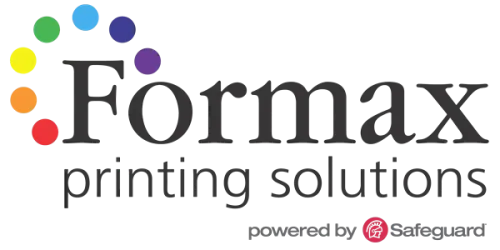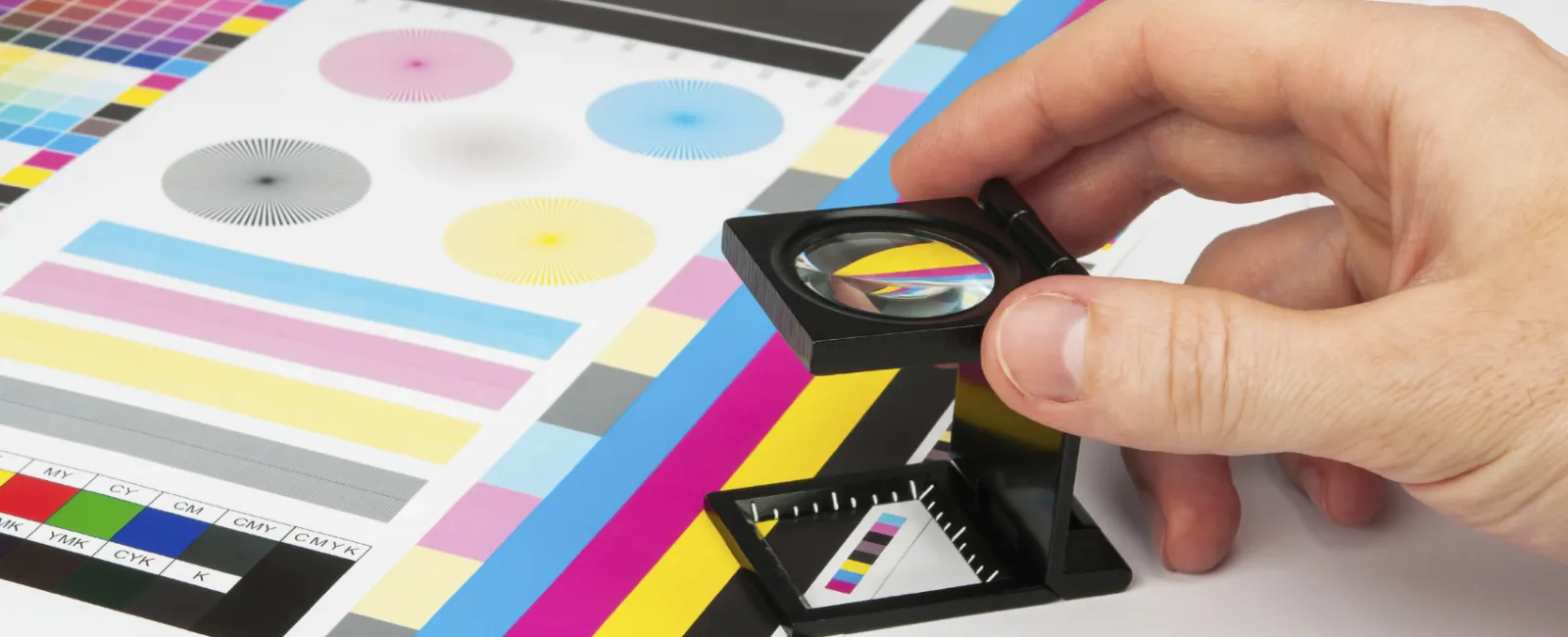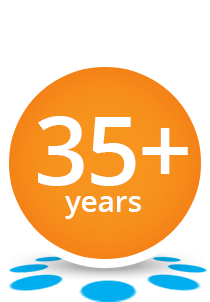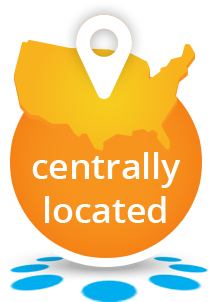Infographic Rack Cards
Creating eye-catching and informative marketing materials is crucial for any business looking to stand out from the competition. Infographic rack cards are an innovative way to convey important information succinctly and engagingly. By combining the visual appeal of infographics with the traditional format of rack cards, businesses can maximize their marketing impact. This guide will walk you through the essentials of using infographic rack cards effectively.
What are Infographic Rack Cards?
Infographic rack cards are essentially a blend of infographics and traditional rack cards. Rack cards are usually printed on sturdy cardstock and are designed to be displayed in racks or stands in high-traffic areas. By incorporating infographics, these cards can deliver complex information in a visually appealing manner, making it easier for potential customers to digest and remember.
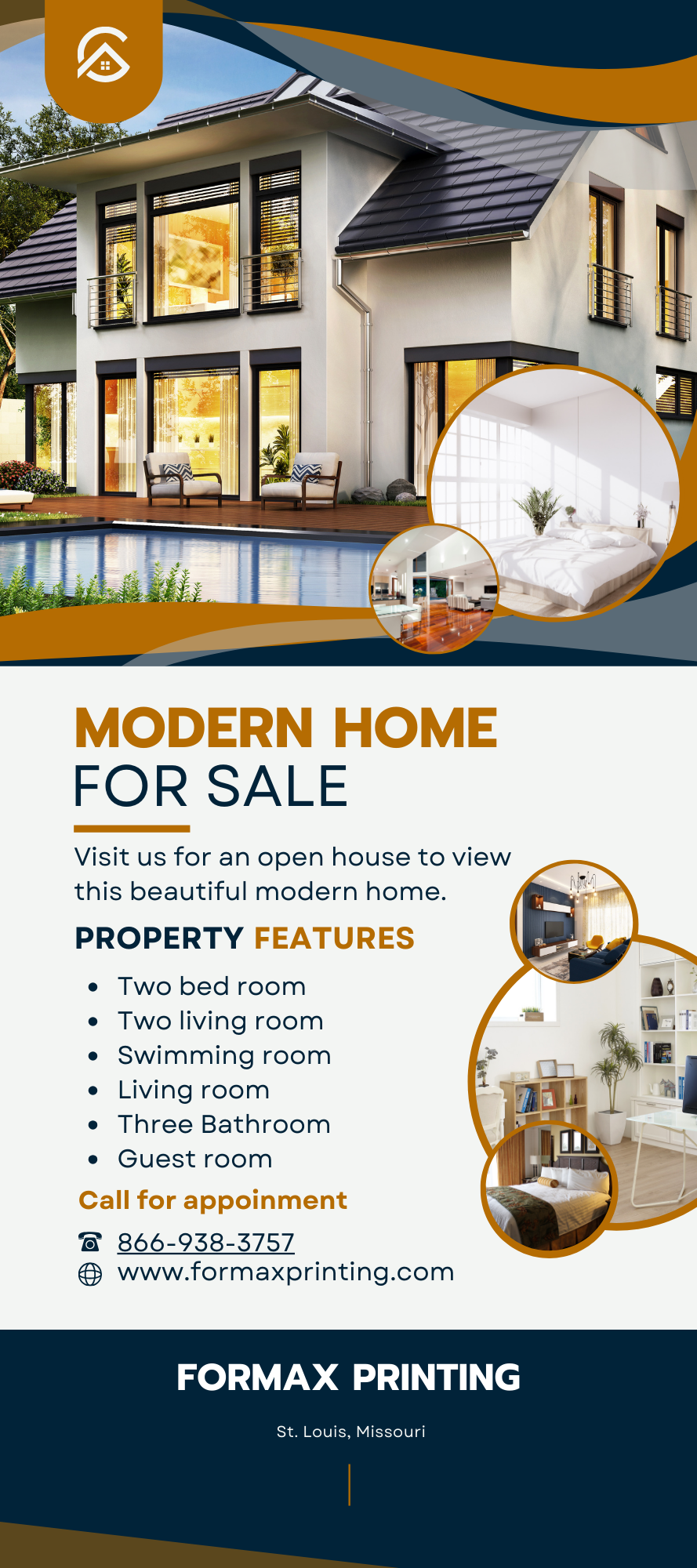
The Benefits of Using Infographic Rack Cards
Infographic rack cards combine the benefits of both infographics nd rack cards, making them a powerful tool in print marketing. Here are some benefits:
- Visual Appeal: Infographics are known for their ability to present data and information in an appealing way. This makes your rack cards more likely to catch the eye of passersby.
- Easy to Understand: By breaking down information into digestible graphics, readers can quickly understand the message without feeling overwhelmed.
- Memorable: Visuals tend to be more memorable than text alone, which means your message is more likely to stick with your audience.
- Versatile: Suitable for a wide range of industries and purposes, from promoting events to providing educational content.
Designing Effective Infographic Rack Cards
Designing an effective infographic rack card involves more than just slapping some graphics onto a piece of cardstock. Here's how to make sure your rack cards are both attractive and informative.
Define Your Objective
Before starting the design process, clearly define the primary objective of your rack card. Are you looking to promote a product, share information, or drive traffic to your website? Knowing your goal will guide your design decisions and ensure your message is clear.
Know Your Audience
Understanding your audience is crucial in creating effective marketing materials. Consider their preferences, what kind of information they value, and how they are likely to interact with your rack card. Tailor your design and content to meet their needs and expectations.
Keep It Simple
Infographics are effective because they simplify complex information. Avoid cluttering your rack card with too much text or too many graphics. Focus on the key message and use visuals to support and enhance that message.
Use High-Quality Images and Graphics
The quality of the visuals on your rack card can make or break its effectiveness. Use high-resolution images and graphics to ensure clarity and professionalism. Avoid using too many different fonts or colors, which can make the card look chaotic.
Incorporate a Strong Call to Action
Every marketing material needs a strong call to action (CTA). Whether it's visiting a website, calling a phone number, or attending an event, make sure your CTA is clear and compelling.
Printing and Distribution of Rack Cards
Once your design is ready, the next step is printing and distributing your rack cards. Here's how to do it effectively:
Choose the Right Printing Service
Select a printing service that offers high-quality prints and a variety of cardstock options. Consider the finish—glossy finishes can enhance colors, while matte finishes can give a sophisticated look.
Optimal Rack Card Size
Standard rack cards are typically 4 x 9 inches, which fits well in most display racks. Ensure your design fits this format and make use of both sides to maximize the space available.
Strategic Placement
Place your rack cards in locations where your target audience is likely to frequent. This could include hotels, tourist information centers, cafes, and other local businesses that complement your industry.
Monitor and Adjust
Keep track of how your rack cards are performing. Are they generating the desired response? If not, be ready to tweak your design or distribution strategy to improve results.
Real-World Examples of Successful Infographic Rack Cards
Many businesses have successfully used infographic rack cards to engage their audience and drive conversions. Here are a few examples:
- Tourism Boards: By using infographic rack cards, tourism boards can highlight key attractions, local history, and travel tips in a compact, easy-to-carry format.
- Nonprofits: Infographic rack cards can effectively convey a nonprofit's mission and impact, encouraging donations and volunteer sign-ups.
- Educational Institutions: Schools and universities can use them to provide information about programs, campus maps, and upcoming events.
Conclusion
Infographic rack cards are a versatile and effective tool in print marketing. By combining the visual impact of infographics with the practicality of rack cards, businesses can effectively communicate their message and capture the attention of their target audience. Whether you're aiming to inform, promote, or engage, designing a well-thought-out infographic rack card can significantly enhance your marketing efforts. Remember to keep it simple, focused, and visually appealing to maximize its impact.
By following these guidelines, you can create compelling infographic rack cards that leave a lasting impression on your audience.
Take Care,
Rick
Related Article: What is a rack card?
